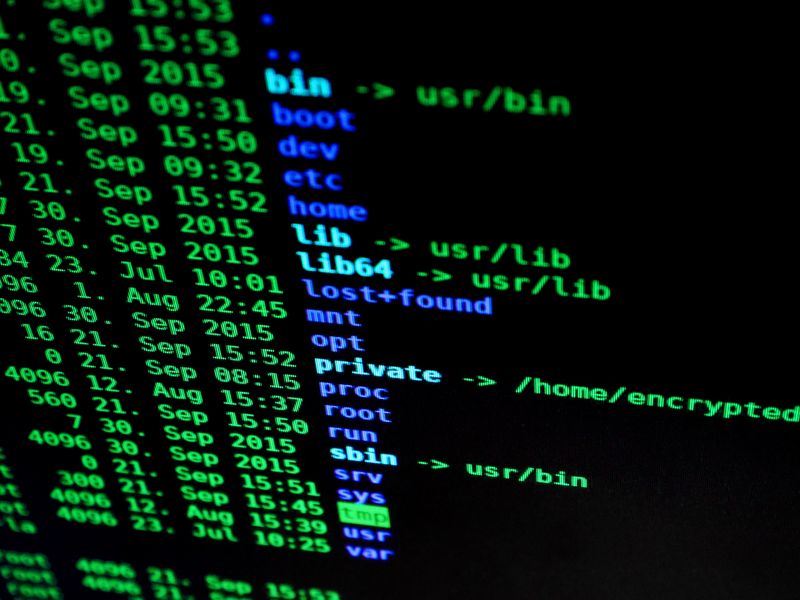Redefining a Trusted Environment in the World of Collaboration Tools
The Rise of Messaging and Collaboration Tools
According to a report by industry analyst firm International Data Corporation (IDC), the collaboration applications market has experienced significant growth, reaching $29.1 billion in worldwide revenue in 2021, a year-over-year increase of 28.4%. This growth can be attributed to various factors, including the expansion of collaboration to more people within organizations, the integration of multiple solutions, and price increases with feature upgrades.
However, the increasing popularity of messaging and collaboration tools, such as Slack and Microsoft Teams, has also given rise to serious security threats. Many organizations have a narrow focus on securing traditional email accounts, unaware that sophisticated attacks are increasingly targeting these internal messaging platforms. Cybercriminals are exploiting vulnerabilities in these apps, attempting to steal access tokens and impersonate users or create malicious apps to deceive colleagues and gain control over their devices.
The Deceptive Nature of Messaging Tools
Access tokens play a crucial role in the security of messaging platforms like Slack. These tokens authenticate and authorize apps to interact with the platform, giving them permissions to read, write, and perform various actions. Unfortunately, attackers have found ways to target, exfiltrate, and abuse these tokens, allowing them to send messages with malicious content, URLs, or executable files.
For instance, if a hacker gains access to a Slack token and uses it to send a message as a trusted user to colleagues, it becomes difficult for the recipients to detect any warning signs of a potential cyberattack. Their devices may not receive alerts, and Slack may show the communication as originating from a different IP address, leading them to believe the message is from a trusted source. This false sense of security makes individuals more likely to follow instructions, click on links, or download and execute files, making them unwitting accomplices in spreading malware or further compromising their own security.
The Need for Enhanced Security Measures
While email accounts benefit from various security measures, such as spam and malware filters, sender authentication standards, and awareness training programs, messaging tools have yet to receive adequate security guidance. Organizations often lack visibility into the compromises of their Slack tokens and fail to realize the risks these apps pose until after an incident has occurred.
Messaging tool providers are still in the early stages of incorporating robust security features into their products. Basic malware scanning is insufficient against zero-day threats and social engineering tactics. To ensure comprehensive security, organizations must include messaging tools as part of their overall cloud security strategy and take immediate countermeasures.
Immediate Countermeasures
To mitigate the risks associated with messaging and collaboration tools, organizations can implement the following countermeasures:
1. Limit Federations
Establish a selective approach to federations, which allow interactions between different organizations on messaging platforms. Instead of automatically federating with any organization, implement a security flag to initiate a federation handshake only with trusted partners. This approach limits the potential for unauthorized access and reduces the risk of malicious activities.
2. Question the Intention
Adopt a skeptical mindset even within trusted messaging environments. Just because a message appears in a familiar app like Slack or Teams does not guarantee its legitimacy. Similar to the precautions users have learned regarding business email compromise, individuals should scrutinize the intention behind messages and carefully evaluate requests before taking any action.
3. Restrict Code Exchange
Messaging tools are often used to exchange files, including executable programs. To minimize the risk of malware infections, organizations should leverage filtering capabilities provided by platforms like Slack and Teams. Implement strict controls to allow document exchange but restrict the exchange of executable files. By doing so, organizations reduce the potential for accidental or intentional dissemination of malicious code.
4. Build a Culture of Security
In addition to adopting specific countermeasures, organizations need to foster a culture of security awareness and education. Regularly train employees on the potential risks associated with messaging and collaboration tools and encourage them to remain vigilant, question suspicious messages, and report any unusual activities. By building a strong security culture, employees become an essential line of defense against cyber threats.
5. Enhance Behavioral Analytics and Monitoring
Employ advanced tools like Cloud Access Security Brokers (CASBs) to scrutinize user behavior and monitor posted content within messaging platforms. These tools can detect common risks, such as the presence of malicious files or sensitive requests, and provide visibility into abnormal or suspicious behaviors. Enhanced monitoring enables organizations to identify potential security incidents and facilitate timely remediation.
Conclusion
As messaging and collaboration tools become increasingly prevalent in the corporate world, it is vital for organizations to recognize the deceptive nature of these platforms. Failing to secure messaging tools adequately puts millions of users and their organizations at risk of cyberattacks. By redefining what constitutes a trusted environment and implementing the necessary security measures, organizations can mitigate these risks and protect their sensitive data and operations. The responsibility falls not only on the platform providers but also on organizations to prioritize security, educate their users, and build a robust security culture. The world of business communication is evolving, and so must our approach to cybersecurity.

<< photo by PhotoMIX Company >>
The image is for illustrative purposes only and does not depict the actual situation.




